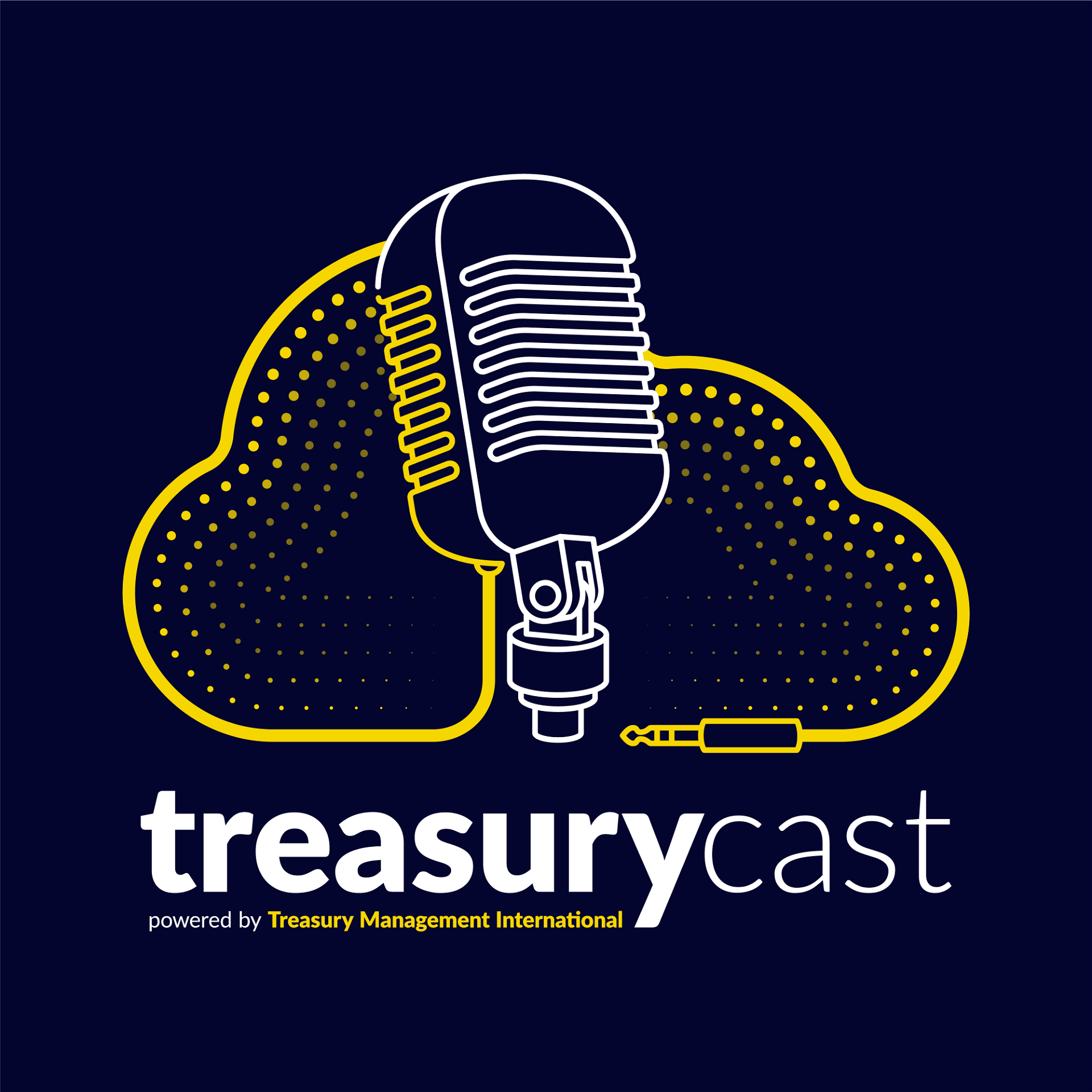Stronger than expected recovery in leading industrialised nations has boosted global trade confidence but longer term growth will depend on the level of Asia’s investment in R&D to move up value chain, according to HSBC’s latest Trade Forecast.
Simon Constantinides, HSBC’s Regional Head of Trade and Receivables Finance for Asia-Pacific, said: “Many markets within Asia are making huge advances in their domestic research capabilities both through their own investments as well as through a knowledge spillover effect from foreign companies. Markets across Asia-Pacific need to encourage businesses to invest in R&D to move up the value chain and take global market share.”
Emerging markets, led by China, are rapidly growing R&D investment to capture more of the value of their merchandise exports, enabling them to move up the value chain. According to latest figures, China spends the equivalent of 1.8% of its annual GDP on R&D, a near doubling of its expenditure 20 years ago. In industrialised markets, meanwhile, R&D investment levels have largely stagnated over the past 20 years.
R&D spend as a percentage of GDP in Asia has almost caught up with that of Europe. Asian markets are still largely assemblers of high-tech goods, with little of the value of these products remaining in country. These markets are capturing a growing share of global high-tech exports, but the bulk of these can be attributed to the effects of the increasing internationalisation of supply chains, as reflected by high-tech imports increasing at a like pace. More than 80% of China’s high-tech exports, for instance, are produced by foreign-owned or joint venture firms, according to latest figures.
Simon Constantinides said: “To illustrate the effects of R&D on the value chain picture, the latest Trade Forecast puts the spotlight on the high-tech sector. Increased R&D investment will enable tech-focused countries to move up the value chain in the production of these goods, reducing reliance on foreign imports of components, and, ultimately, originating new technologies domestically. By 2030, global trade in hi-tech goods is expected to increase more than threefold globally and X fold in Asia-Pacific.”
HSBC’s Trade Confidence Index (TCI)
HSBC’s TCI edged up one point globally from six months ago to reach 113 in the second half of 2013 – any reading above 100 signals anticipated expansion in trade amongst businesses. This is being led by growing confidence in key industrialised nations such as the UK and US, where HSBC forecasts strong near-term trade growth of 5% and 6% pa respectively in the years 2014-16.
Businesses confidence in Asia-Pacific remained unchanged from six months ago at 112 suggesting a stable trade environment. Trade confidence jumped 11 points in China reflecting stronger near-term demand from the US and Europe. Confidence also jumped six points in Australia and 10 points in Singapore as businesses registered an improved outlook in the growth of the global economy. India’s confidence is thought to have dropped by 16 points due to a visible slowdown in domestic growth as well as increased market volatility. The 8 point drop in Indonesia is thought to have been down to a less optimistic outlook and reduced global demand. The TCI was conducted in November to December 2013.
Trade Growth Forecast
Global trade is set to accelerate gradually in the near term owing to the varied outlook for global economic growth. Emerging market trade growth levels remain higher than those seen in developed nations – for instance India is expected to grow exports by 14% pa in 2014-16, while China and Vietnam are both expected to grow exports by 12% pa and Indonesia around 10% pa – but they are subdued by pre-recession standards.
Over the longer term, emerging economies are expected to be the driving force behind forecasted global trade growth of 8% per annum to 2030 as the underlying structural factors for economic growth remain intact. Long term growth prospects in Asia-Pacific (ex-Japan) are unaffected by the recent slowdown; total exports in the region are expected to grow by 10% per annum to 2030. China already accounts for almost a fifth of the total merchandise trade of the countries covered by the Forecast, and this share is expected to rise to above 30% by 2030. India, meanwhile, is expected to rise to become the world’s fourth largest exporter of merchandise goods in the same period, as it sees a seven-fold increase in exports.




